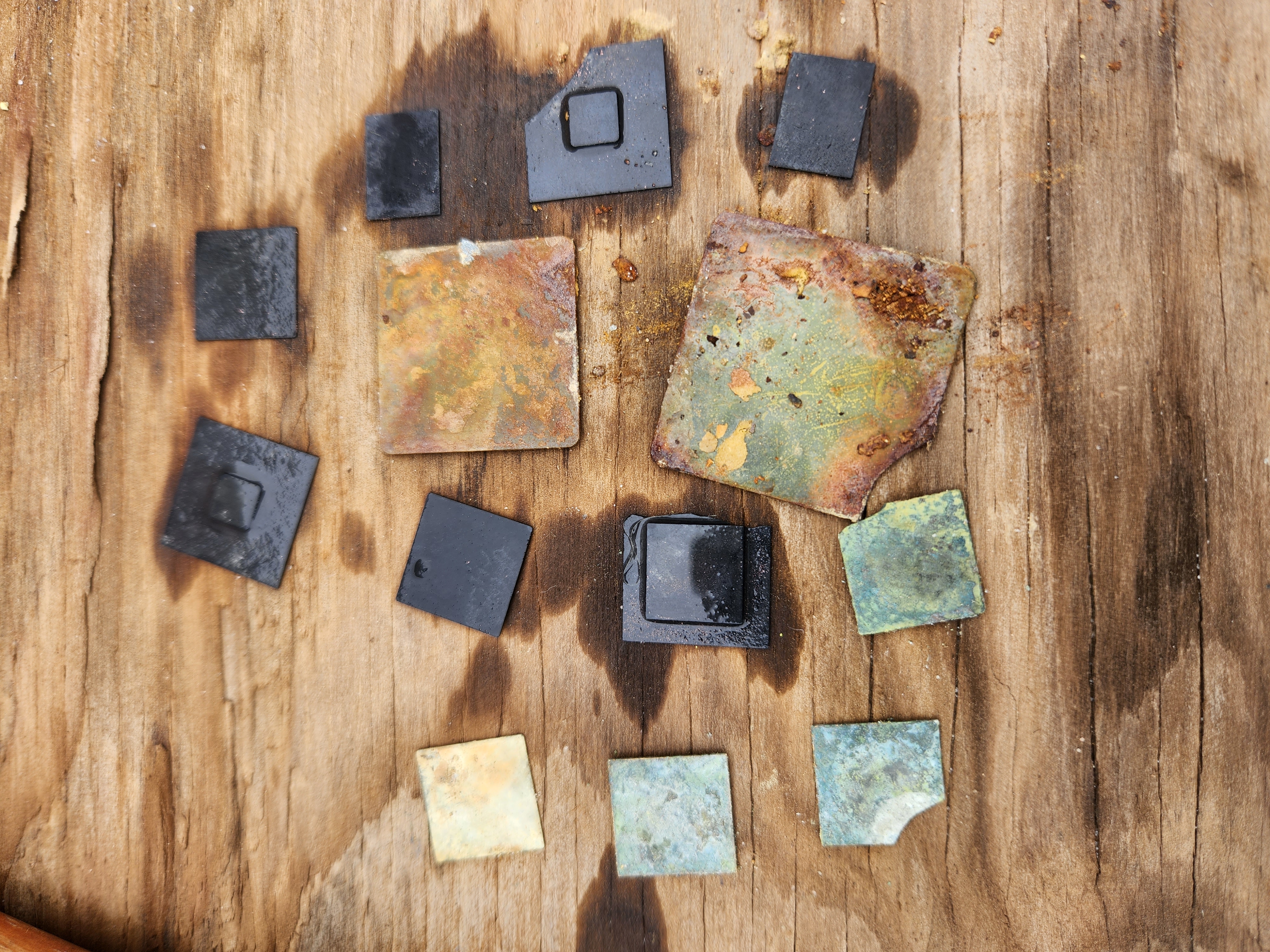I have done lots of trimmed memory in Ap (over 25 Kilo) and must say i am rather good at it now (if i say so myself).
Anyhow going of track a little here. I have for the first time tried some Ceramic Cpu in AP (usually use Nitric). I thought i would try AP as its alot cheaper and you can re-use the solution. I am 2 weeks in and most of the stuff has dissolved, Note, i am not using a bubbler just a very small amount of Hydrogen Peroxide every 3-4 days.
The point of my question is i want to know the procedure for removing any unwanted garbage. Is there a tutorial for Ceramics in AP that i have missed?
People have said that the steps are the same as the fingers in Ap proccess but as i can tell fingers only have copper mixed with them. Where as Ceramic Cpu's have Silver, Tin and other metals to deal with.
So if someone could help me out, or point me to the correct tutorial that would be great.
Anyhow going of track a little here. I have for the first time tried some Ceramic Cpu in AP (usually use Nitric). I thought i would try AP as its alot cheaper and you can re-use the solution. I am 2 weeks in and most of the stuff has dissolved, Note, i am not using a bubbler just a very small amount of Hydrogen Peroxide every 3-4 days.
The point of my question is i want to know the procedure for removing any unwanted garbage. Is there a tutorial for Ceramics in AP that i have missed?
People have said that the steps are the same as the fingers in Ap proccess but as i can tell fingers only have copper mixed with them. Where as Ceramic Cpu's have Silver, Tin and other metals to deal with.
So if someone could help me out, or point me to the correct tutorial that would be great.






